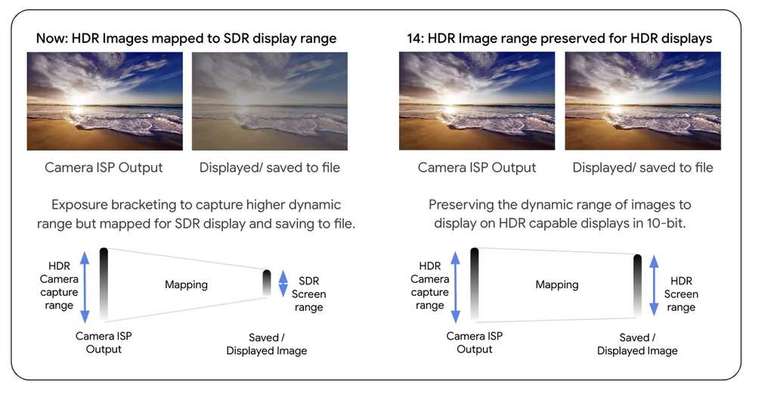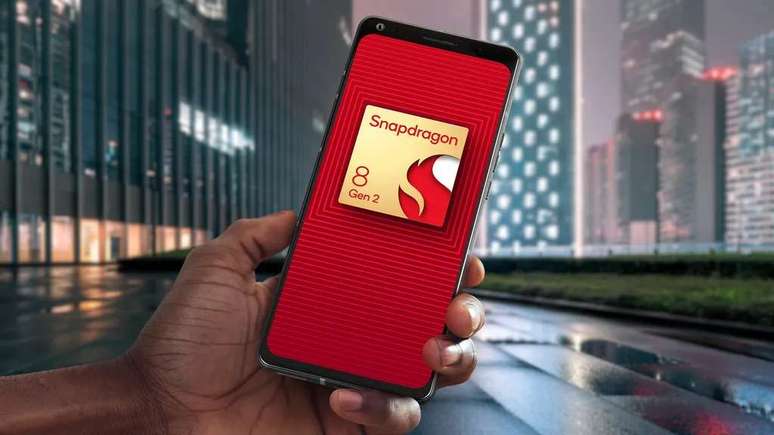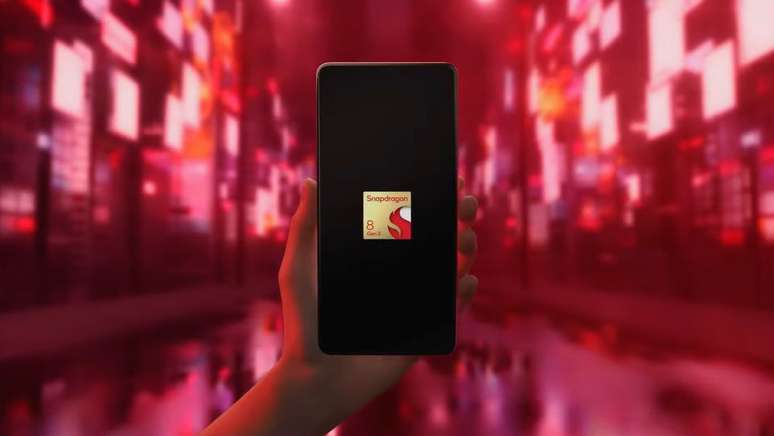New photographic format that takes advantage of the screen of mobile phones with HDR, Ultra HDR is already supported by Snapdragon 8 Gen 2, both in acquisition and in display
A Qualcomm confirmed this week that mobile phones equipped with Snapdragon 8 Gen 2 they already have full support for Ultra HDR, an improved image format announced during Google I/O 2023 as one of the main novelties of Android 14. Based on JPEG, the technology is backwards compatible with older smartphones and doesn’t require app developers to adapt, but does require hardware compatibility to be fully utilized.
- MediaTek could use Nvidia GPU in premium mobile chip as early as 2024
- The Apple M3 Pro has a possible leaked configuration with up to 36GB of RAM
One of the major image formats used today, the jpeg is a file type that tries to reduce the size of photos using a compression that can be adjusted to avoid losing too much detail. Despite this, the format is limited to 8 bits, which, very briefly, represents the amount of color information that the file can store: in this case, the red, green and blue (RGB) subpixels can take on 256 variations each, reaching just over 16 million different colors.
This amount covers a small area of the color spectrum, and therefore cannot reproduce more complex tones, being called the Standard Dynamic Range (SDR). That said, smartphones and other modern devices already use displays that are advanced enough to display 10-bit or even 12-bit content, increasing the possible RGB sub-pixel variations to 1024 or even 4096 and allowing over 1 billion different colors to be displayed. . .

the depth of color (technical term with which the bits are called) can be associated with information on the brightness level to generate the much talked about HDR (High Dynamic Range, or Wide Dynamic Range, in free translation), more faithfully representing the scenes recorded in the photographs, For example. In order not to lose the advantages of the JPEG file size, but to make the most of modern screens, the Ultra HDR format was developed.
Essentially, Ultra HDR keeps the photos in 8-bit JPEG, to be compatible with older phones, but adds a gain map and a small metadata file tied to the JPEG, which can be read by compatible HDR smartphones for extend color depth. This way, the image scales to any display with more than 10 bits and developers don’t have to worry about adapting applications to support the new feature, which should speed adoption.

On the other hand, it is the responsibility of the processor and phone manufacturers to implement Ultra HDR, which Qualcomm claims it has already done with Snapdragon 8 Gen 2. The platform has an image signal processor (ISP, responsible for processing of the photos taken by the user ) to 18 bit and, apparently, the giant would be working with the Google to use this feature also in the new format and in Android 14.
In practice, users should be able to see images with more intense colors and contrasts directly from the screen of their mobile phone, as well as a greater level of detail in the light and shadow areas, just as happens with videos, films and series that use such as HDR10+ and Dolby Vision. Interestingly, brands like OPPO AND OnePlus they already offer this feature, but having a standard like Ultra HDR, supported by Qualcomm e Googleshould force other companies, such as SAMSUNGto adopt the technology.
Trending on Canaltech:
- 10 things Google Bard does better than ChatGPT
- WhatsApp prepares a new look for the messaging menu on Android
- It is FALSE that the Earth will be “much farther” from the Sun! Understand what aphelion is
- Learn about the Amazonian terra preta that can help restore the biome
- The “people’s car” comeback project already has a date to announce
- European satellite detects signs of next El Niño
Source: Terra
Rose James is a Gossipify movie and series reviewer known for her in-depth analysis and unique perspective on the latest releases. With a background in film studies, she provides engaging and informative reviews, and keeps readers up to date with industry trends and emerging talents.






